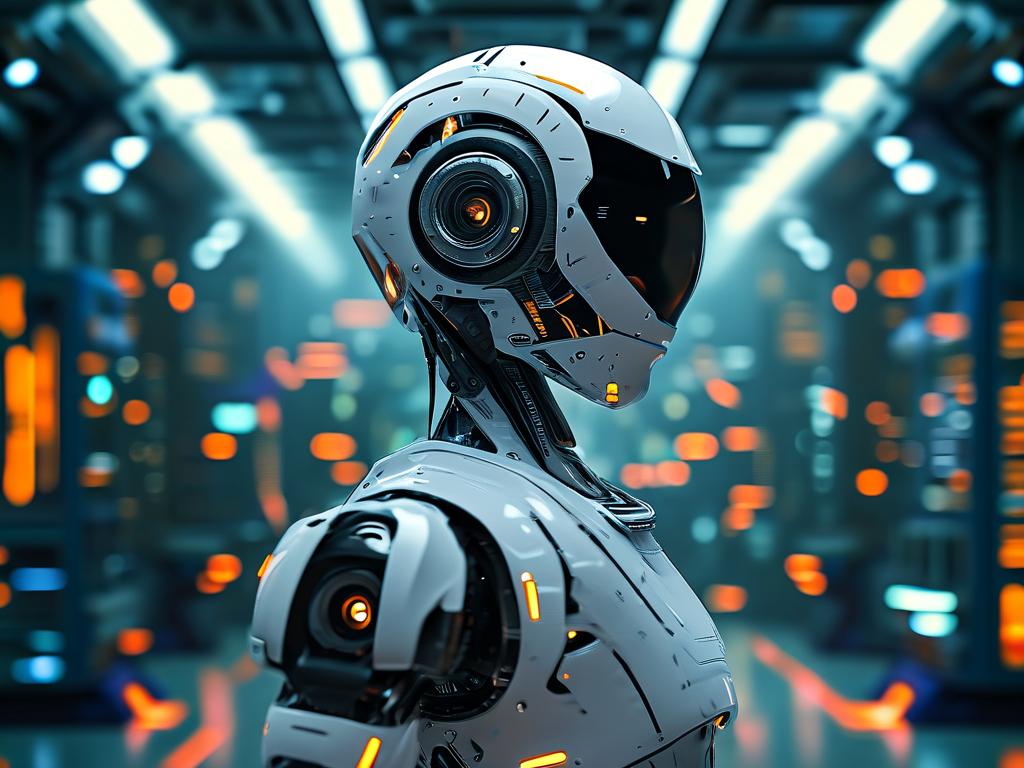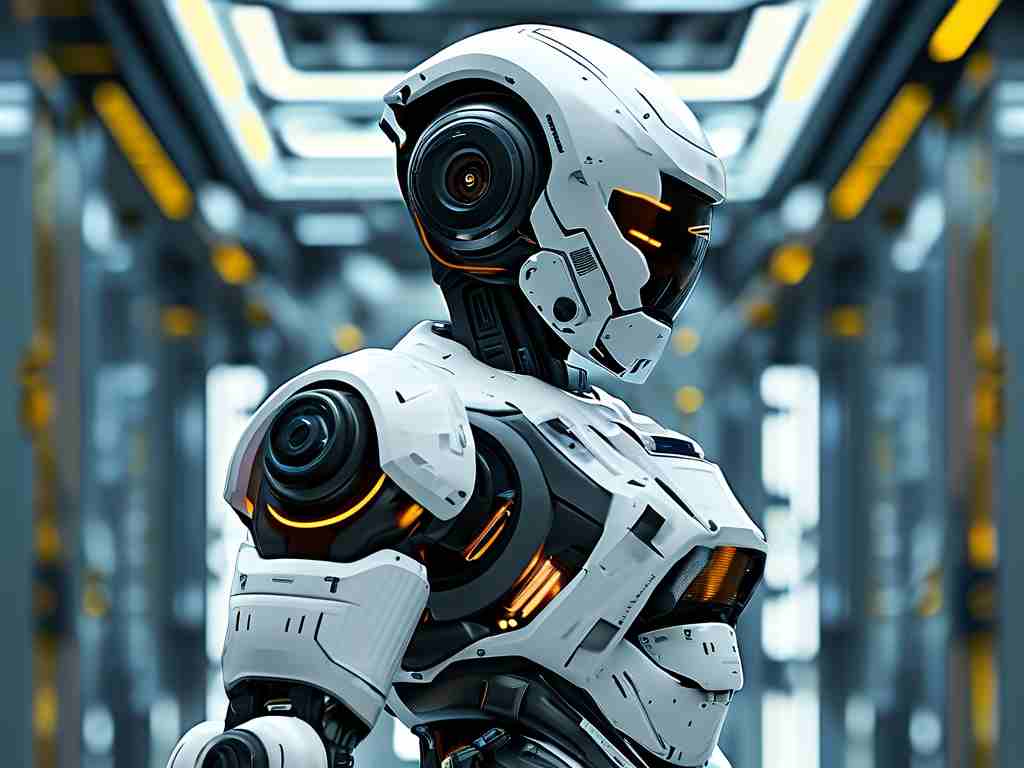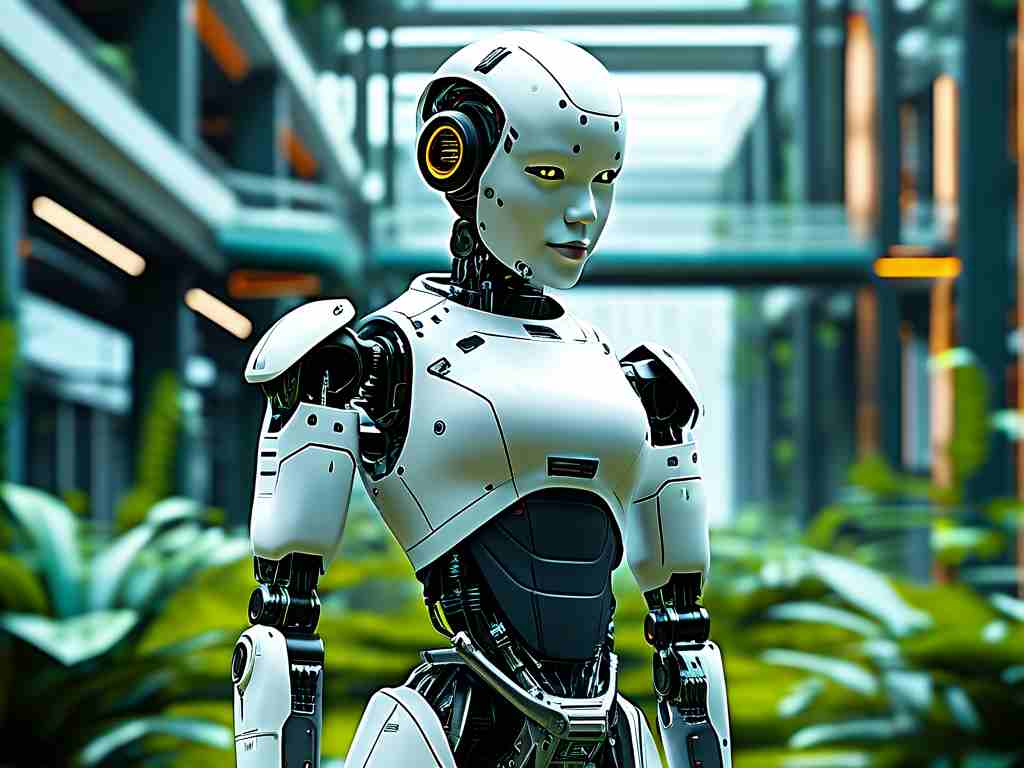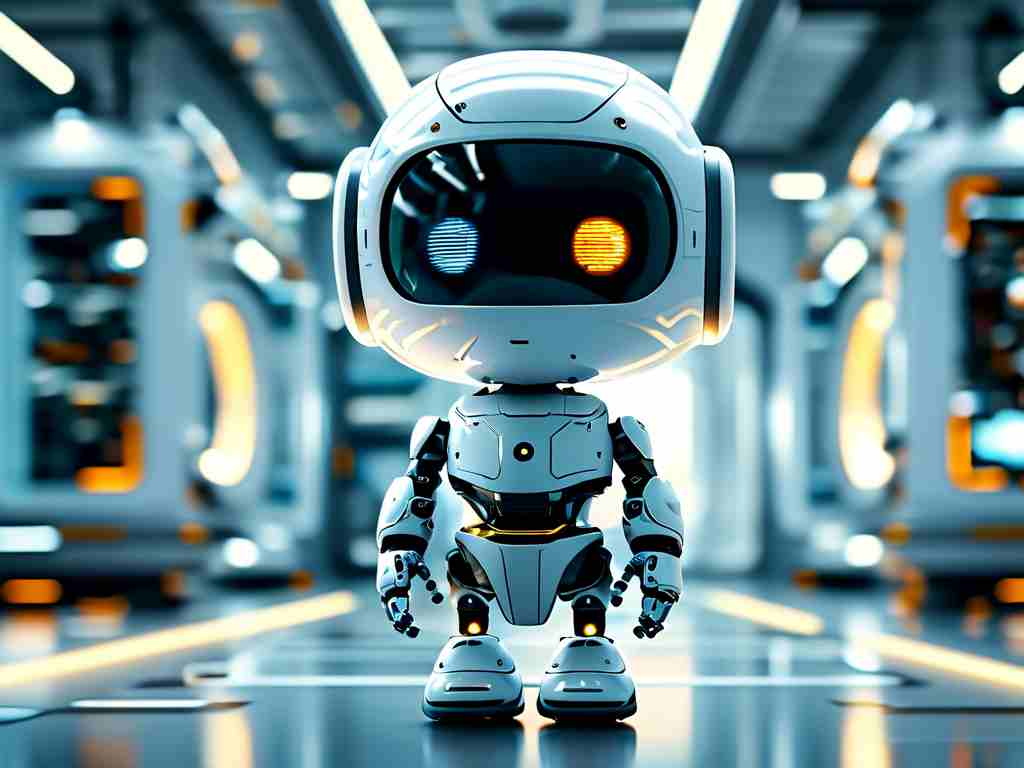As industries across Yangjiang increasingly adopt automation solutions, the demand for specialized intelligent robotics maintenance technology has surged. This coastal city in Guangdong Province is emerging as a hub for cutting-edge repair methodologies that blend artificial intelligence, predictive analytics, and modular engineering. Unlike traditional approaches, Yangjiang’s innovations prioritize minimizing downtime while maximizing the lifespan of robotic systems—a critical advantage for sectors like manufacturing, aquaculture, and logistics.
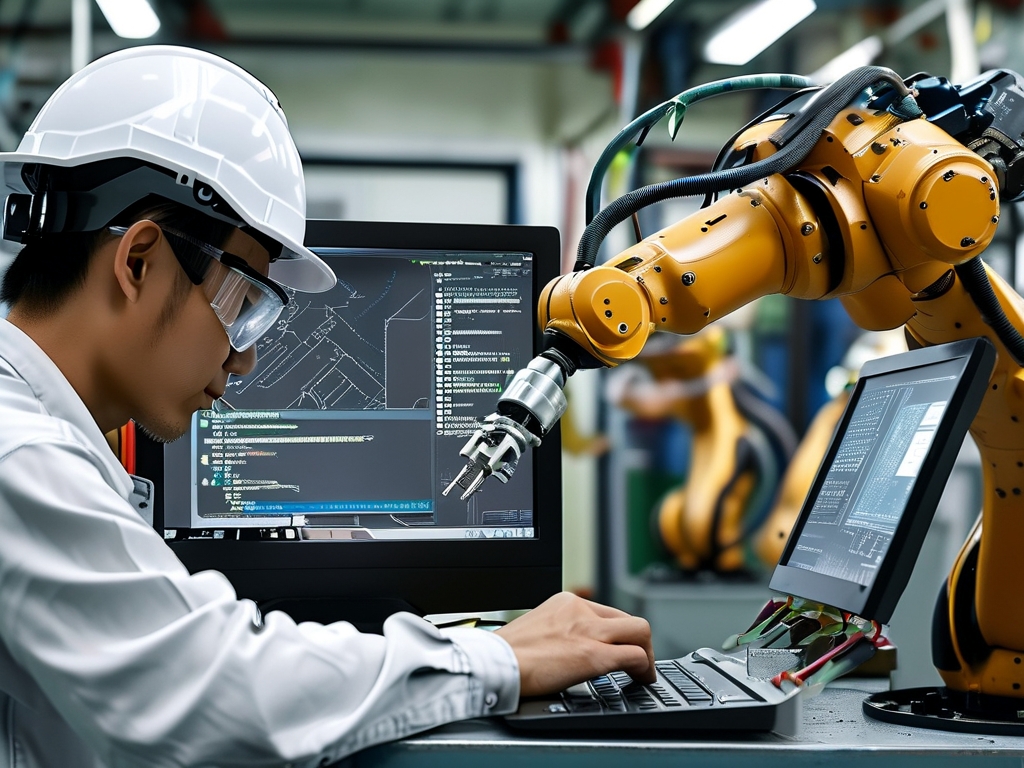
One breakthrough lies in the integration of AI-driven diagnostic tools. Local engineers now deploy self-learning algorithms capable of identifying hardware malfunctions or software anomalies within seconds. For instance, a robotic arm used in seafood processing plants can autonomously detect misaligned joints or overheating motors, triggering real-time alerts to technicians. This proactive approach reduces repair costs by up to 40% compared to reactive maintenance models. Notably, Yangjiang’s tech firms have open-sourced certain diagnostic frameworks, fostering collaboration across China’s robotics ecosystem.
Another focal point is the development of hybrid repair stations. These portable units combine 3D printing for on-site part replacement with augmented reality (AR) interfaces that guide technicians through complex disassembly processes. A case study from a Yangjiang-based automotive assembly line revealed that such stations cut average repair durations from 8 hours to 90 minutes. The AR overlay—accessible via smart glasses—provides step-by-step visual instructions, even highlighting torque specifications for specific bolts. This fusion of hardware and digital guidance ensures consistency, especially for less-experienced maintenance crews.
Sustainability also plays a pivotal role. Yangjiang’s repair centers now utilize blockchain-based tracking systems to monitor component lifecycle data. By analyzing usage patterns and failure rates, engineers optimize replacement schedules and recycle materials more efficiently. A recent pilot project with underwater drones used in offshore wind farms demonstrated a 25% reduction in discarded parts, aligning with global circular economy goals.
However, challenges persist. The scarcity of cross-disciplinary technicians proficient in both robotics and AI remains a bottleneck. To address this, vocational institutes in Yangjiang have launched certification programs blending hands-on hardware training with machine learning basics. Early graduates report a 70% employment rate within local tech enterprises, signaling strong industry-academia synergy.
Looking ahead, Yangjiang aims to pioneer “self-healing” robotics systems. Prototypes under development feature nanomaterial-coated circuits that autonomously repair minor cracks, alongside adaptive firmware that reroutes tasks during partial failures. While still experimental, these innovations could redefine maintenance paradigms, positioning Yangjiang as a global benchmark in intelligent robotics care.
In , Yangjiang’s strides in smart robotics maintenance reflect a broader shift toward data-driven, sustainable industrial practices. By marrying technical ingenuity with ecological responsibility, the city isn’t just fixing machines—it’s reshaping how humanity collaborates with automation.


